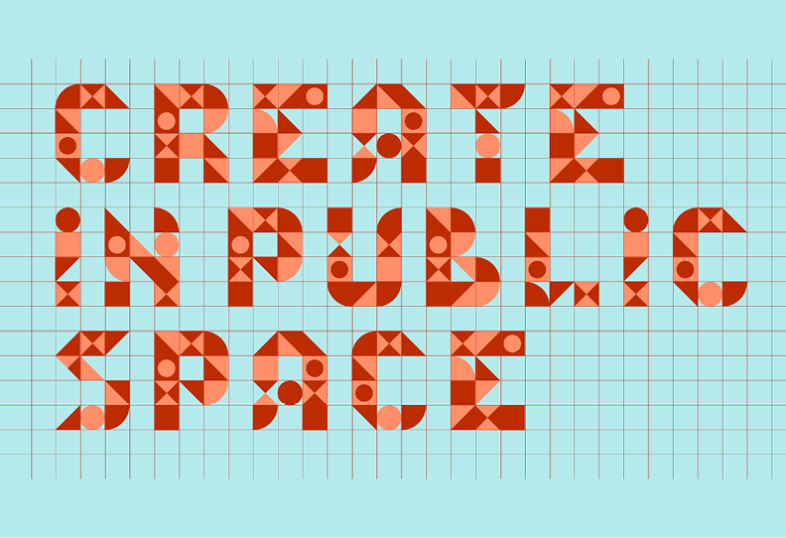The MOOC will open soon !

The MOOC Create in public space will be open on May 3rd 2021 !
For this new edition, you will discover a new design and new exercises.
You will can also have to opportunity to participate to four webinars with artists ans professionals sharing about their experience.
Please note that registration will be open from May 3 to May 28, 2021.
Once registered, your access to the MOOC will be unlimited in time

